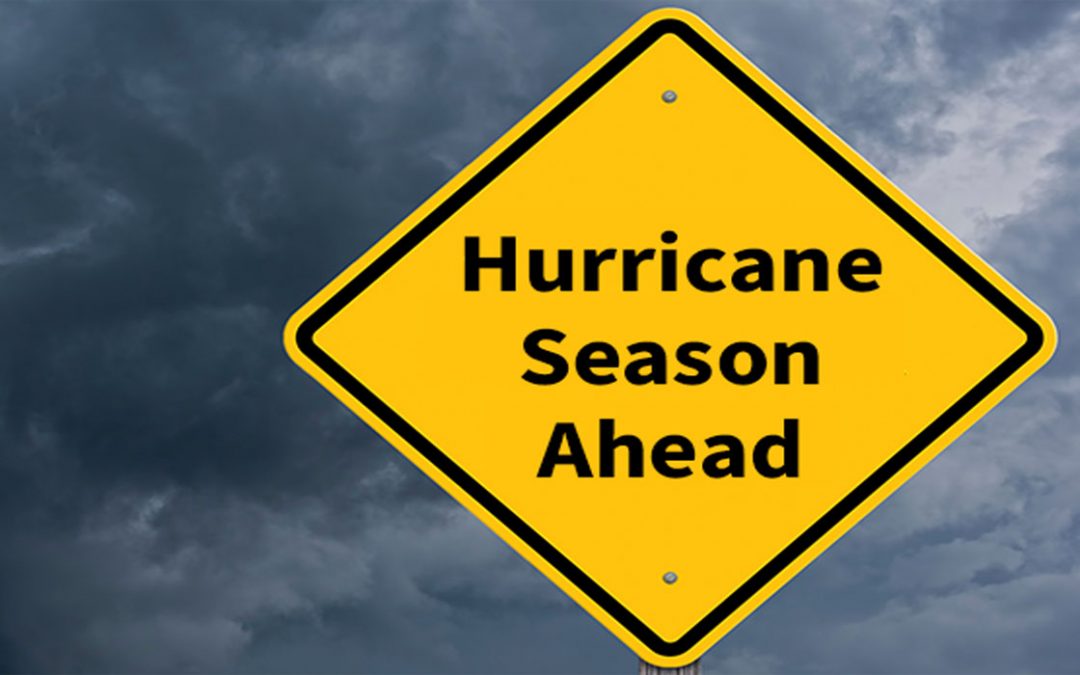Important Tips to Prepare Before and During a Hurricane
Severe weather and disasters can happen at any time without notice or warning. From late May until the end of November, hurricanes and their fierce storm surge, damaging winds, and intense flooding, ravage the coasts of the United States.
Having an annual hurricane checklist is key to ensuring your family’s safety during this time of year to prepare yourself, your family, and your assets. Here are a few things to remember:
- Make an emergency plan and practice it. It’s best to craft this plan with your family so everyone will know what to do in the event of an actual emergency. This includes knowing an evacuation route if your family needs to leave your home and find a place to shelter. Also, make sure that your plan encompasses what to do in the event that the family isn’t all together.
- Build an emergency preparedness kit. This kit needs to include food, water, medicines, and supplies to last for a few days. Other items you may want to add are batteries, a flashlight, and a first aid kit.
- Have many ways to receive alerts. Download applications on your smartphone to get alerts in real-time before and during the storm. A few to keep in mind are the FEMA and Red Cross apps. Because you may be relying heavily on your phone, you may want to make sure it’s charged when you receive word that a storm is coming your way. Sign up for email alerts from your local authorities and the Centers for Disease Control and Prevention (CDC). You may also want to invest in a battery-operated portable radio in the event of a loss of electricity.
- Ensure important documents are up to date and in a safe place. Make copies of documents like your driver’s license or state-issued ID, birth certificate, Social Security card, and insurance policies and add them to your emergency kit.
- Consider flood insurance if you live in a flood-prone area. Not all homeowner/renter insurance policies cover damages from floodwaters.
- Get the outside of your home ready. Secure any loose items such as hanging gutters and bring outdoor furniture into the home. Cutting down hanging tree limbs are also a great way to protect your home from potential damage.
- Be sure to follow COVID guidelines. Due to COVID-19, the way to prepare may be different from previous years. Keep in mind that your shelter may be different and you may need to include other items in your emergency kit such as masks, hand sanitizer, and cleaning materials.
To stay safe during the storm:
- Follow protocol and guidance from local authorities. If asked to evacuate, do so within a timely manner.
- Move to an interior room in your home away from windows and doors if strong winds occur.
- If flooding in your home starts to happen, go to the highest level of your home but not an attic for fear of being trapped by rising water.
- DO NOT walk, swim, or drive in floodwaters. Six inches of fast-moving water can knock you down, and just a foot of water can sweep your car away.
- If you’re using a generator, use it outdoors away from windows.
Stay informed and follow USAGov, your official guide to government information and services, on Facebook, Instagram, and Twitter. You can also subscribe to email updates and alerts straight to your inbox. Other helpful accounts for updates include FEMA, the National Weather Service, and the National Hurricane Center.


Recent Comments